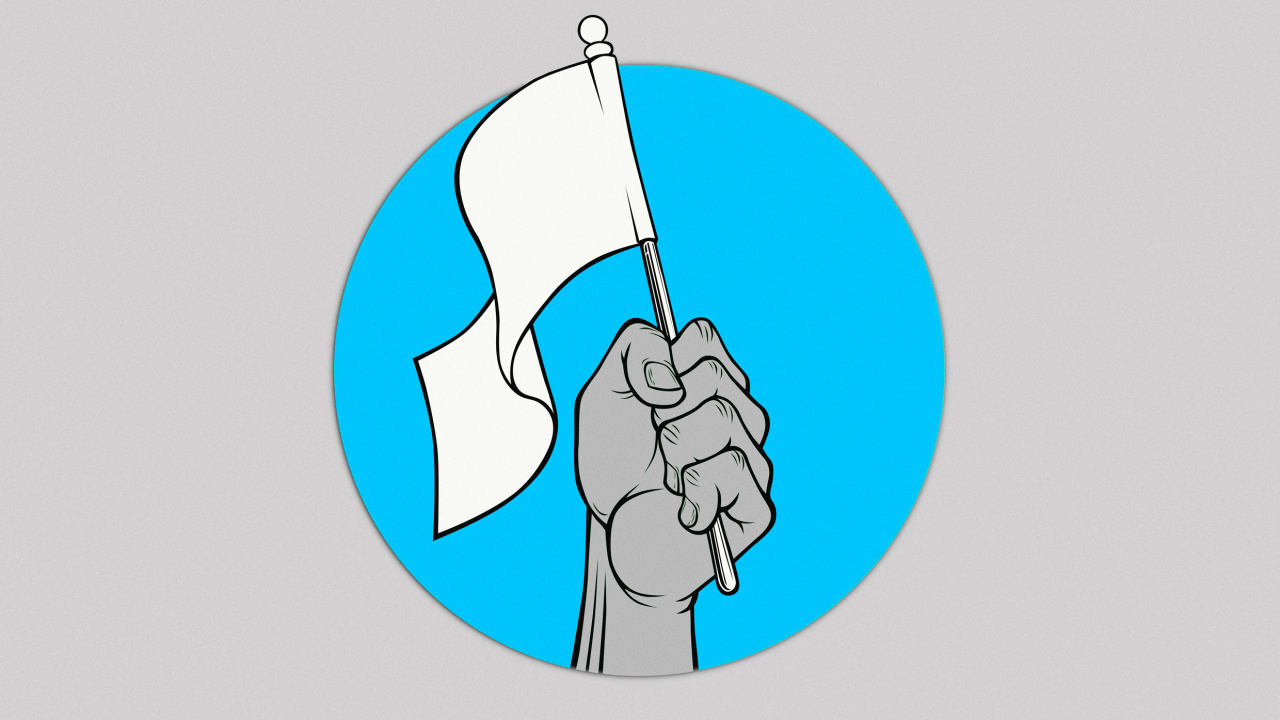There are a lot of ways to mess up an apology. You can avoid taking any blame. You can go into too much—or not enough—detail about what you did wrong. Or you can appear too scripted and inauthentic in your delivery.
That was one mistake Kyte Baby founder and CEO Ying Liu made this past week, after denying an employee with an infant in the NICU the ability to work remotely. Liu’s first apology video was met with “backlash” online. So, hours later, Liu released another video, where she says she went “off script” to better apologize. ““I was the one who made that decision to veto her request to go remote,” said Liu. “This was a terrible decision. I was insensitive and selfish.”
In addition to authenticity, there are three components to any good apology, wrote UT Austin professor and vice provost Art Markman in Fast Company this week: You need to accept responsibility, express contrition, and detail what you’re going to do differently in the future to avoid the same thing from happening again.
Even if it’s tempting, you should avoid “conditionals,” wrote DEI consultant and author Amber Cabral. “Conditionals are sentiments like ‘I am sorry you were offended, I was just trying to . . .’ or ‘I am sorry you feel that way . . .’ or even, ‘I didn’t mean . . .’ Conditional apologies are not only ineffective, but can further offend. Instead, focus on what you did or didn’t do. Reserve explanations for your behavior for after your apology has been accepted. Offended folks don’t care about your reasons until they are made whole.”
Effective and emotionally intelligent executives know they need to apologize not only when they personally make a mistake, but also on behalf of their team, wrote Markman. “It’s really important that when communicating about the errors made by your team that you take the blame yourself,” he wrote. “Great leaders accept blame, but spread the credit for good deeds across the team.”
Of course, all of this doesn’t mean that leaders (or anyone!) should apologize for things that aren’t their fault. “You may have colleagues who act badly, are sloppy, or otherwise cause problems for projects,” Markman wrote. “You can empathize with the people affected about the frustrations these individuals cause. You can even work to clean up the mess someone else made. But, you should not shoulder the responsibility for these individuals.”
Learning when to not apologize for things that are outside of your control—and what phrases to substitute instead—was an important growth step for Mita Mallick, Carta’s head of inclusion, equity, and impact. “Now, I have go-to phrases to substitute for ‘I am sorry,’” she wrote. “Because I will no longer apologize for the weather, technology glitches, or the office being out of coffee. If I am late for a meeting, I say, ‘Thanks for waiting. My boss needed to see me.’ If the technology isn’t working or the Zoom audio won’t connect, now I say, ‘Appreciate your understanding as we work to fix this technical glitch.’”
So, save your apologies for when they are truly necessary—and when they are, as in Liu’s case, make sure you take the time to get them right.







